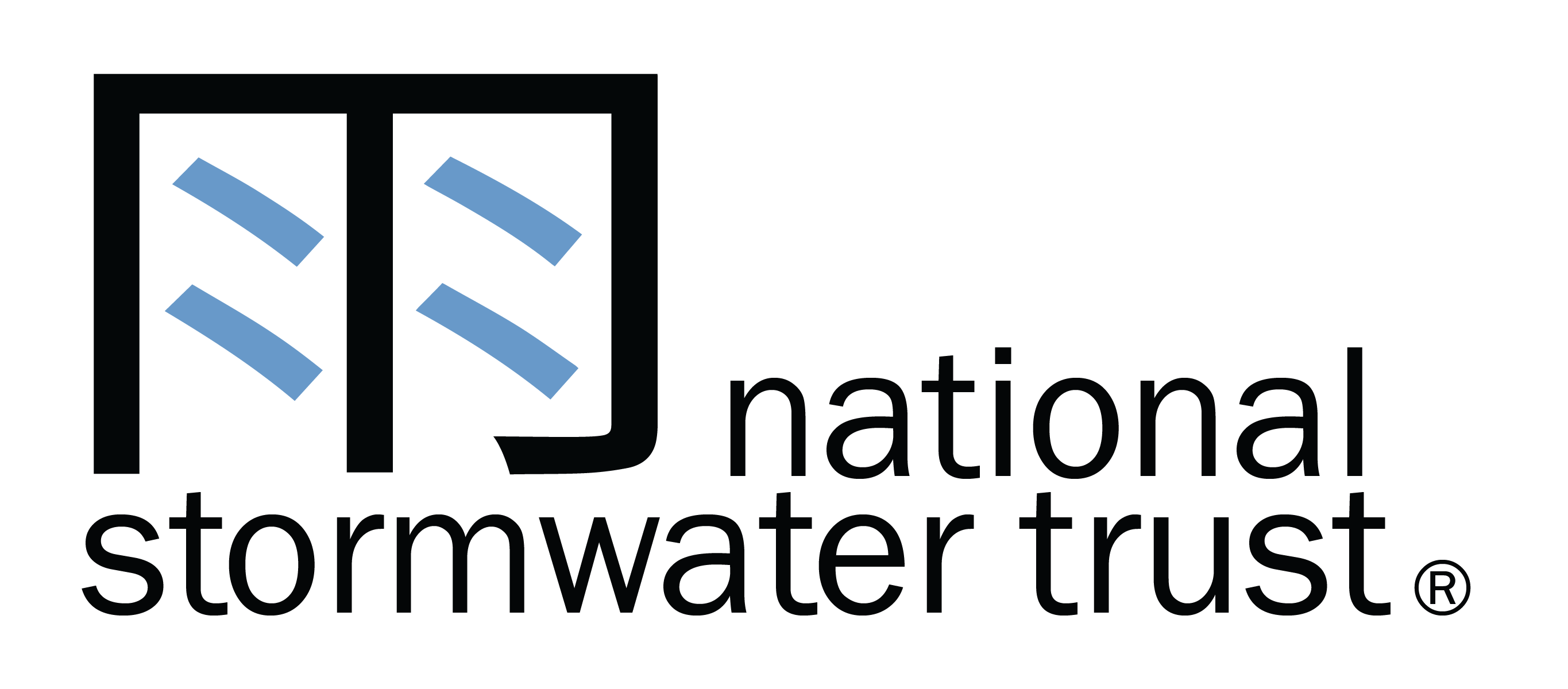Purpose: To distinguish the Regional Stormwater Management System (RSMS) framework (currently implementable and actively used by NST) from the Water Quality Enhancement Area (WQEA) framework (still under rule development), focusing on applicability, regulatory readiness, and credit generation mechanisms.
Comparison Table: RSMS vs. WQEA
| Feature | RSMS (Regional Stormwater Management System) | WQEA (Water Quality Enhancement Area) |
| Governing Rules | Chapter 62-330, F.A.C. + ERP Applicant’s Handbook Vol. I (Sec. 9.7.3) | Chapter 62-330, F.A.C. + ERP Applicant’s Handbook Vol. I + Chapter 62-332, F.A.C. (draft rule) |
| Regulatory Status | Fully authorized and in effect now | Rulemaking not yet finalized (est. late 2025) |
| Permitting Pathway | Environmental Resource Permit (ERP) | Environmental Resource Permit (ERP) with additional WQEA rules |
| Credit Availability | Available now via existing permitted RSMSs | Future—credits can be issued only after rule adoption + permit + construction + credit release |
| Treatment Type | Engineered stormwater ponds, e.g., technological enhancements | Natural systems, e.g., constructed wetlands, ecological enhancements |
| Use Cases | Off-site compensating treatment, ERP net improvement, and nutrient reduction standard | Off-site compensating treatment, ERP net improvement, and nutrient reduction standard BMAP allocations (via Ch. 62-306) |
| Ownership | Public or private | Public or private |
| Land Type | Stormwater ponds from developed/urbanized parcels or transportation facilities | Natural or restored lands (may be co-located with wetland banks) |
| Service Area Determination | HUC-12 subwatershed; Smaller service areas | Requires detailed fate & transport modeling; Larger service areas |
| Locational Valuation Factor (LVF) | Not required within same HUC 12 | Mandatory; applies to each credit trade |
| Credit Maturity | Immediate release with performance monitoring and contingency plan | Phased release with performance monitoring and site success |
Common Features of Both Frameworks
Standalone ERP Permit: Each facility type is permitted as a discrete ERP project.
• Excess Treatment = Credits: Credits are based on treatment beyond what’s required for the developed drainage area or based on water quality “lift” (determined like a mitigation bank – with success criteria and monitoring).
• Defined Service Area: Credit use is restricted to a defined service area showing hydrologic connectivity.
• Long-Term Assurance: Owners of an RSMS and WQEA must demonstrate perpetual maintenance, financial assurance, and responsible party designation.
• Professional Operator: Must be a capable entity with performance verification protocols in place.
• Tracking & Ledger: Both frameworks require a credit ledger that documents generation, allocation, and availability.
• Use Restrictions:
o May not offset localized water quality impacts
o Not applicable to water quantity or floodplain requirements
o Credits cannot double-count for ERP and BMAP reductions
Use Case Guidance and Observation
•Developers needing immediate nutrient credit solutions should turn to NST’s RSMS approach, which is fully actionable today. With the new stormwater rule deadline looming and more stringent performance requirements, the availability of off-site nutrient credits will be essential to avoiding costly development impacts or time-consuming project redesigns.
